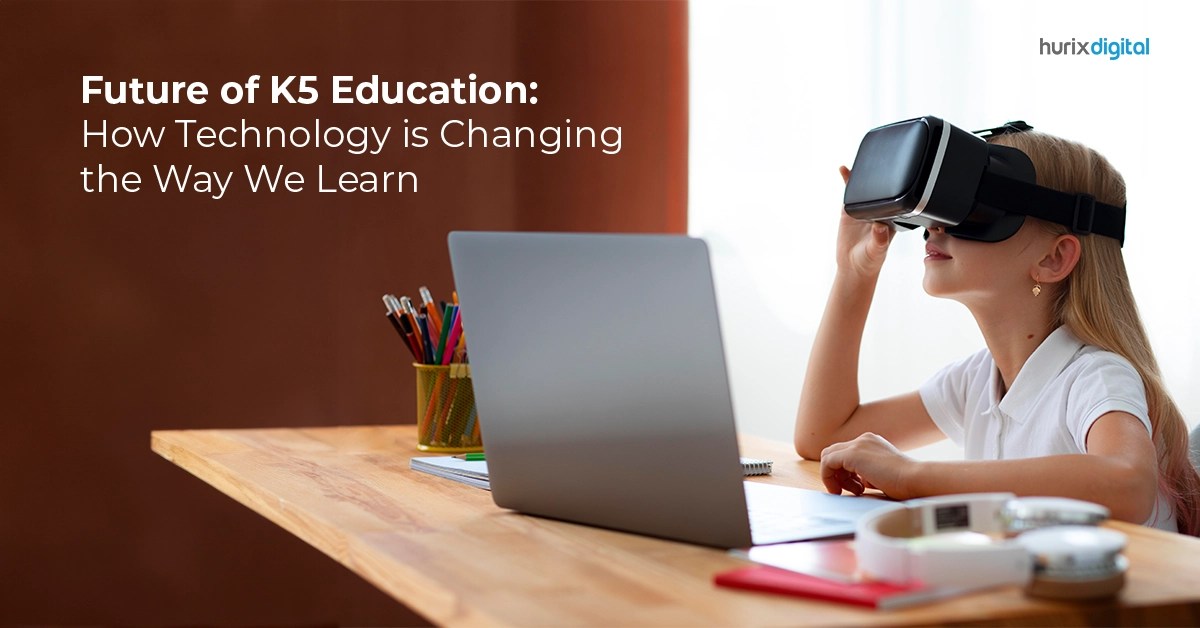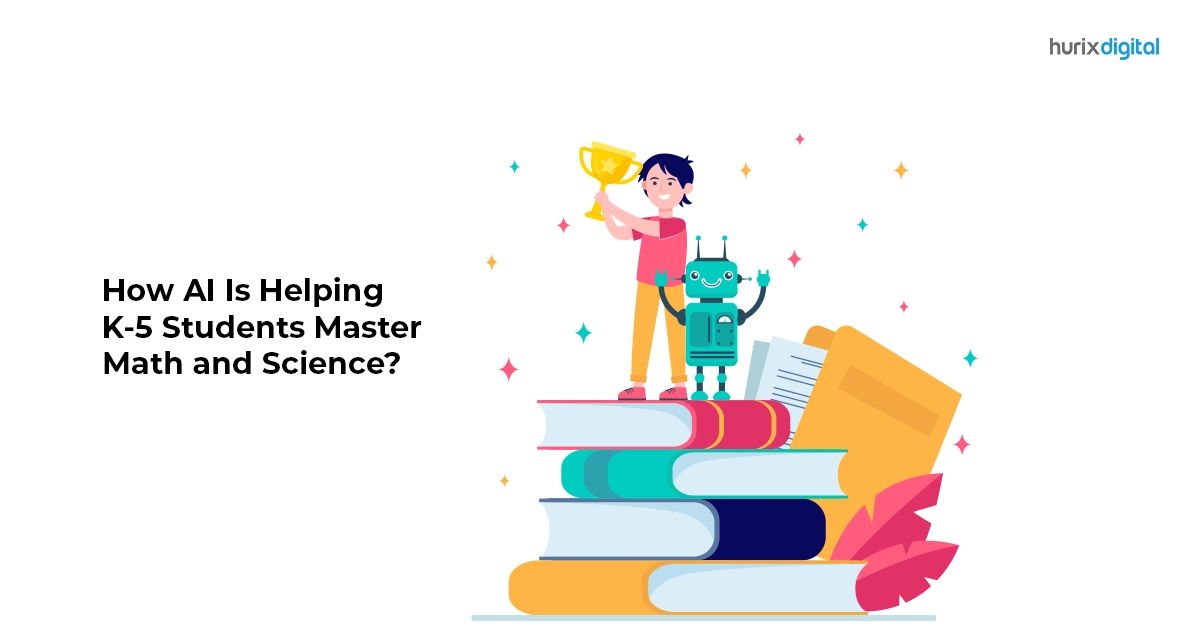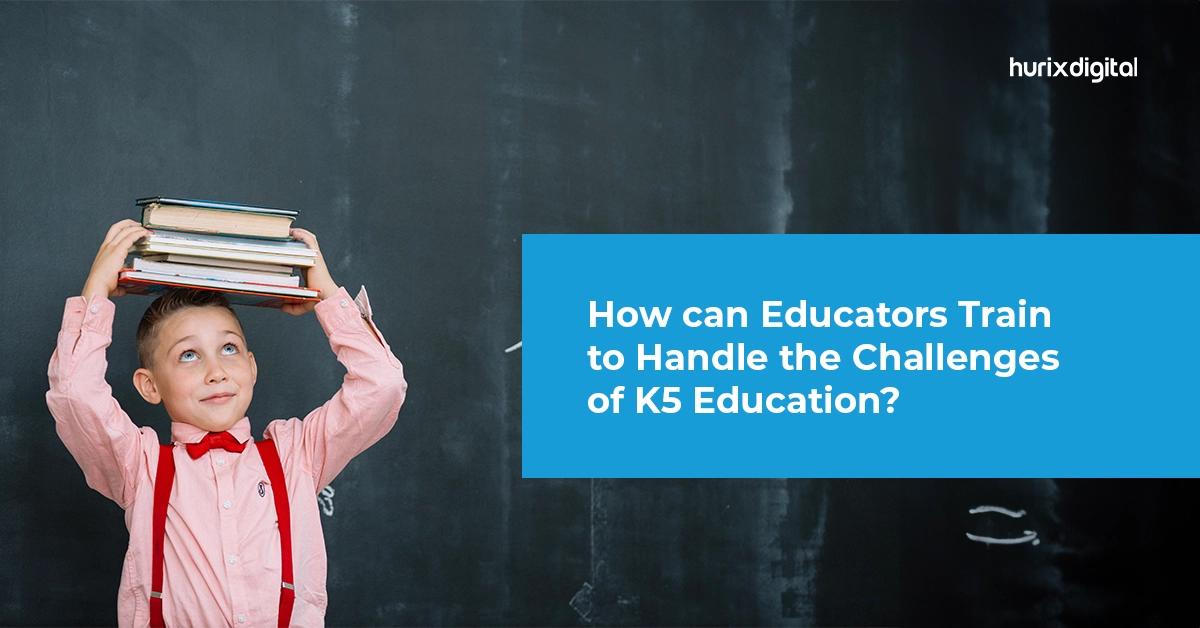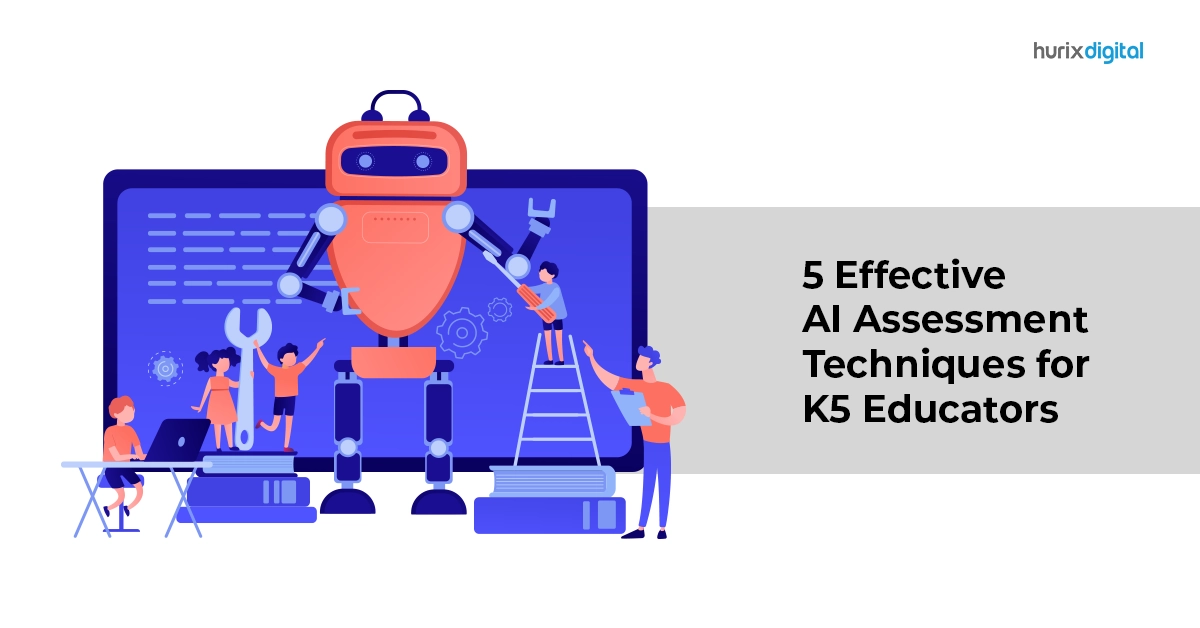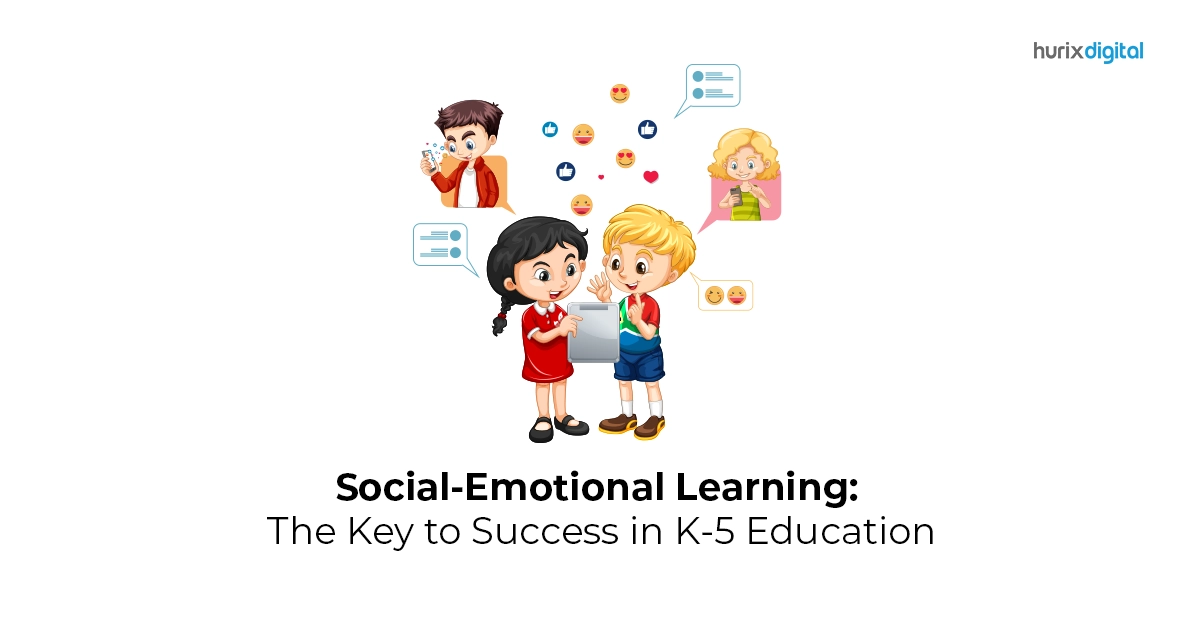
Social-Emotional Learning: The Key to Success in K5 Education
Summary
Discover the importance of social-emotional learning (SEL) in K-5 education and how it contributes to students’ overall success and well-being.
Social-emotional learning has grown to be a major part of K5 education in recent times. From improved academic performance to better emotional intelligence, including SEL in the K5 curriculum can be a game changer for how students perceive, learn, grow, and succeed in their future careers.
A wide variety of ed-tech tools are contributing to the ever-evolving social-emotional learning activities in classrooms and beyond. This article outlines everything you need to know about SEL, right from its importance and benefits to tips on implementation strategies.
Table of Contents:
- What Is Social-Emotional Learning (SEL)?
- Why Is Social-Emotional Learning Important?
- Latest Trends of the SEL Market Size
- How to Implement Social-Emotional Learning in the Classroom?
- Takeaway
What Is Social-Emotional Learning (SEL)?
The process of fostering interpersonal abilities necessary for thriving in school, the workplace, and life is known as social-emotional learning (SEL).
The CASEL (Collaborative for Academic, Social, and Emotional Learning) framework identifies SEL as consisting of five interconnected areas of abilities:
- Self-awareness: The capacity to name, recognize, and comprehend one’s own feelings and thoughts, as well as how they affect behavior.
- Social awareness: The capacity to adopt various viewpoints, as well as compassion and regard for others.
- Responsible decision-making: The capacity to make morally righteous decisions regarding one’s activities and interactions with others.
- Self-management: The capacity to control one’s feelings and emotions, cope with stress, and establish personal objectives.
- Relationship skills: The ability to create and sustain strong, dependable bonds.
As students progress through their academic careers, SEL helps them understand, regulate, and accept their own emotions as well as the emotions of their classmates.
In order to render learning more effortless for students, SEL is considered to be crucial for teachers to comprehend and practice in their classrooms.
Also Read: How to Use Educational Games to Promote Social-Emotional Learning in the Classroom
Why Is Social-Emotional Learning Important?
People who possess high socio-emotional abilities are better able to handle daily problems and reap academic, career, and social benefits.
SEL provides a framework for beneficial, long-term benefits for children, like:
- Innovative problem-solving
- Disciplined behavior
- Social awareness
- Impulse management
- Emotion regulation
- Time management
The approaches and delivery techniques used in social-emotional learning curricula might differ greatly.
While some programs emphasize character development, others concentrate on fostering fundamental skills like social awareness. A few are focused on games, while others are project-based.
Hence, while planning SEL curricula for K5 education, different learning styles of kids must be included.
Latest Trends of the SEL Market Size
At a predicted CAGR of 24.5%, the extent of the global market for social and emotional learning is expected to increase from $1.13 billion in 2022 to $5.21 billion by 2029.
The growing competition and demand for remote learning post-pandemic have led to a surge in the requirement for SEL tools to balance the mental well-being of students.
The wide range of benefits of social-emotional learning has led to the collaboration of key players in the industry with schools to enhance children’s skill development in K5 education.
Also Read: Addressing Mental Health Challenges to Teachers and Students in Higher Education
How to Implement Social-Emotional Learning in the Classroom?
Choosing the right Ed-Tech tools to imbibe SEL in K5 education is of paramount importance. SEL greatly impacts the all-round development of the personality of kids in their growing years.
Educators can integrate the below-listed e-learning tools in their classrooms to implement social-emotional learning activities in varied ways.
1. Online Time Management Tools
When you schedule and organize your time for various tasks, you are practicing time management.
However, doing so comes with a number of difficulties. Children need to practice time management skills as part of their social-emotional learning programs.
Students can learn how to better manage their time through using activities like online time management tools, digital planning objectives exercises, and virtual mindfulness practices.
Online time management tools like task time tracker, timesheets, productivity calendars, etc., can develop self-management skills in ways that suit their individual interests.
2. Virtual Reality Trips
Relationships improve when children learn about each other and their shared and unique characteristics. Students can use resources in their science and language programs to go on virtual field trips.
Students can be virtually transported to various locations across the world and given a close-up tour using VR tours. Exposing pupils to a variety of cultures, customs, and ways of life can help them develop a greater understanding of people from different backgrounds and foster social consciousness.
3. Digital Storytelling
Educators can instruct students to curate stories that raise social consciousness with the aid of digital storytelling tools. Students can use software to make demonstrations and short films that emphasize social concerns and subjects pertaining to social justice.
By inspiring students to reflect objectively on social issues and assess their role in bringing about positive change, these tools help to raise social awareness.
4. Online Collaboration on Projects
Both students and teachers need a place where they feel at ease asking for assistance, providing assistance, and cooperating with others.
Teachers can assist by motivating students to work together on online projects utilizing online resources. The development of interpersonal and cooperation skills can be fostered by using online collaboration tools.
Students benefit from building social-emotional learning in the classroom while they collaborate online. For instance, as students collaborate on a project, they learn from one another and gain experience engaging online, which translates to the classroom setting as well.
5. Digital To-Do List Creation Tools
Social-emotional learning examples include self-management skills. Online goal-setting encourages managing oneself by empowering learners to take charge of their education.
Students attaining K5 education can also utilize digital tools to construct reminders, due dates, and to-do lists. These resources can assist students in setting objectives, visualizing the tasks they need to do, and learning better time management techniques.
6. Gamification Tools
SEL in the classroom can be effectively promoted via educational games that follow the social-emotional learning curriculum.
Teachers may foster empathy, teamwork, and emotional intelligence by carefully choosing games that serve a goal, leading post-game conversations with students, and incorporating reflective exercises.
For instance, social-emotional learning activities in video games can be seen in historical simulations that demand that players adopt a variety of viewpoints on historical events.
In other instances, SEL is promoted by instructing students to cooperate in teams in order to complete the aims and goals of different educational activities.
Takeaway
The goal of many SEL activities and lessons is to encourage kids to think critically and express themselves. Technology can assist teachers in amplifying the opinions of pupils and allowing them to take charge of their own learning.
Students attaining K5 education can work to their strengths, complete tasks on time, and have a more individualized experience in the classroom by using technology in SEL instruction and basic academic subjects.
In case you are looking for ed-tech solutions for making social-emotional learning a part of your educational curriculum, get in touch with Hurix Digital today!

Senior Vice President
A Business Development professional with >20 years of experience with strong capability to sell new solutions and develop new markets from scratch. New Market Entry Specialist with experience of working in two of the largest emerging markets – China & India. Also covered other key markets in APAC, US, EU & ME. Exceptional experience of conceptualizing, ideating and selling new learning technologies like VR AR, etc. across multiple industry verticals.
